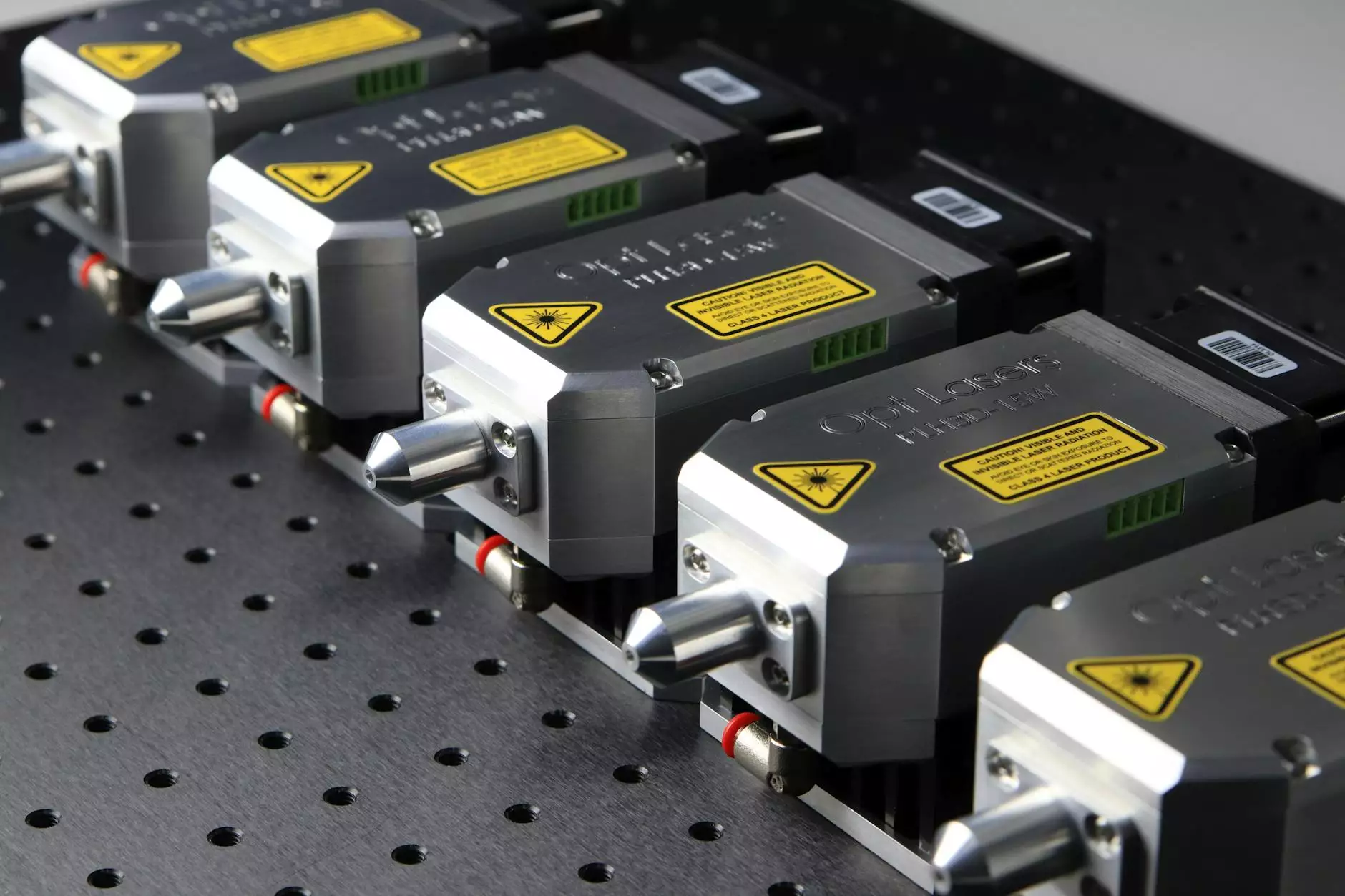Importance and Effective Use of Cleaning Instruments in Hospitals

In today's healthcare environment, the use of cleaning instruments in hospitals is fundamental to ensuring patient safety and the overall efficacy of medical treatments. This article delves into the various aspects surrounding cleaning instruments, their types, importance, and the best practices for use, emphasizing how they contribute to maintaining hygiene and preventing infection.
The Significance of Cleaning in Hospitals
Hospital cleanliness is paramount, as unclean environments pose a significant risk of healthcare-associated infections (HAIs). The proper use of cleaning instruments helps mitigate these risks. Understanding the role of these instruments is crucial for healthcare professionals and facility managers.
Healthcare-Associated Infections (HAIs)
HAIs are infections that patients acquire while receiving treatment for medical or surgical conditions. According to the Centers for Disease Control and Prevention (CDC), an estimated 1 in 31 hospital patients has at least one HAI on any given day. Cleaning instruments are a first line of defense in preventing HAIs.
Types of Cleaning Instruments Used in Hospitals
Hospitals utilize a wide array of cleaning instruments to maintain safe and sanitary environments. These instruments can be categorized based on their use cases and functionality, ensuring all aspects of cleanliness are addressed.
1. Manual Cleaning Tools
These are basic yet essential tools that play a significant role in the initial cleaning processes. Some common manual cleaning tools include:
- Sponges: Used for scrubbing surfaces, particularly in areas that require more attention.
- Mops: Essential for cleaning floors in patient rooms, operating theaters, and common areas.
- Buckets: Used for holding cleaning solutions—vital for effective cleaning.
2. Automated Cleaning Equipment
Technological advancements have led to the development of automated cleaning equipment that enhances the efficiency and effectiveness of cleaning procedures. Examples include:
- Robotic Cleaners: These devices navigate through the hospital autonomously, cleaning floors and surfaces while reducing human workload.
- Steam Cleaners: Utilizing high-temperature steam, these machines disinfect and clean surfaces without the use of harsh chemicals.
3. Disinfection Instruments
Disinfection is a critical step in the cleaning process, requiring specialized instruments. Key types include:
- Ultraviolet (UV) Light Devices: These devices help eliminate pathogens by exposing surfaces to UV light, particularly effective in operating rooms and isolation wards.
- Electrostatic Sprayers: These tools spray disinfectant in a charged state, allowing it to adhere to surfaces more effectively, ensuring comprehensive coverage.
Importance of Using the Right Cleaning Instruments
Choosing the appropriate cleaning instruments is crucial for effective cleaning in hospitals. Using the wrong tools can lead to inadequate cleaning and increased risk of HAIs. Here are the reasons why selecting the right tools matters:
1. Enhanced Infection Control
Utilizing effective cleaning instruments contributes to higher standards of hygiene, minimizing the risk of infections. High-touch areas in hospitals, such as doorknobs, light switches, and bathroom fixtures, require specialized cleaning tools designed to eliminate a wide range of pathogens.
2. Compliance with Health Regulations
Hospitals must comply with strict health regulations and standards set by governing bodies, such as the Joint Commission. Using appropriate cleaning instruments ensures that hospitals meet these compliance requirements and avoid potential fines or legal issues.
3. Improved Patient Outcomes
Effective cleaning practices lead to improved patient outcomes. A clean environment contributes to faster recovery times, reduced hospital stays, and higher overall satisfaction among patients.
Best Practices for Cleaning Instruments in Hospitals
To achieve optimal results, hospitals must follow best practices in using cleaning instruments.
1. Regular Training for Staff
Continual training and education on the proper use of cleaning instruments and techniques are essential. Staff should be well-versed in infection control protocols and the correct methods for using various cleaning tools.
2. Developing a Cleaning Schedule
Establishing a comprehensive cleaning schedule that outlines the frequency of cleaning across various areas of the hospital ensures that no aspect of cleanliness is overlooked. This includes routine hourly disinfection of high-touch areas, daily cleaning of patient rooms, and deep cleaning of operating theaters.
3. Proper Maintenance of Cleaning Instruments
Instruments should be regularly maintained to ensure their effectiveness. This includes routine checks and replacement of worn-out tools. For instance, mops should be cleaned after each use, and disinfectants should be stored properly to remain effective.
Conclusion
The role of cleaning instruments in hospitals cannot be overstated. They are vital in maintaining hygiene, preventing infections, and ensuring patient safety. By understanding the different types of cleaning instruments, their importance, and best practices for their use, hospitals can create a safe environment that promotes health and well-being.
As healthcare continues to evolve, ongoing innovation in cleaning technologies and instruments will play a pivotal role in enhancing cleanliness and safety in medical facilities. By prioritizing effective cleaning strategies, hospitals will not only comply with regulations but will also significantly enhance patient care and organizational reputation.
Call to Action
For hospitals looking to enhance their cleaning protocols, partnering with reputable medical supply vendors like Medalkan can provide access to high-quality cleaning instruments and supplies that meet industry standards. Invest in the best cleaning solutions for your hospital today, and ensure a safer tomorrow for your patients.
cleaning instruments hospital


